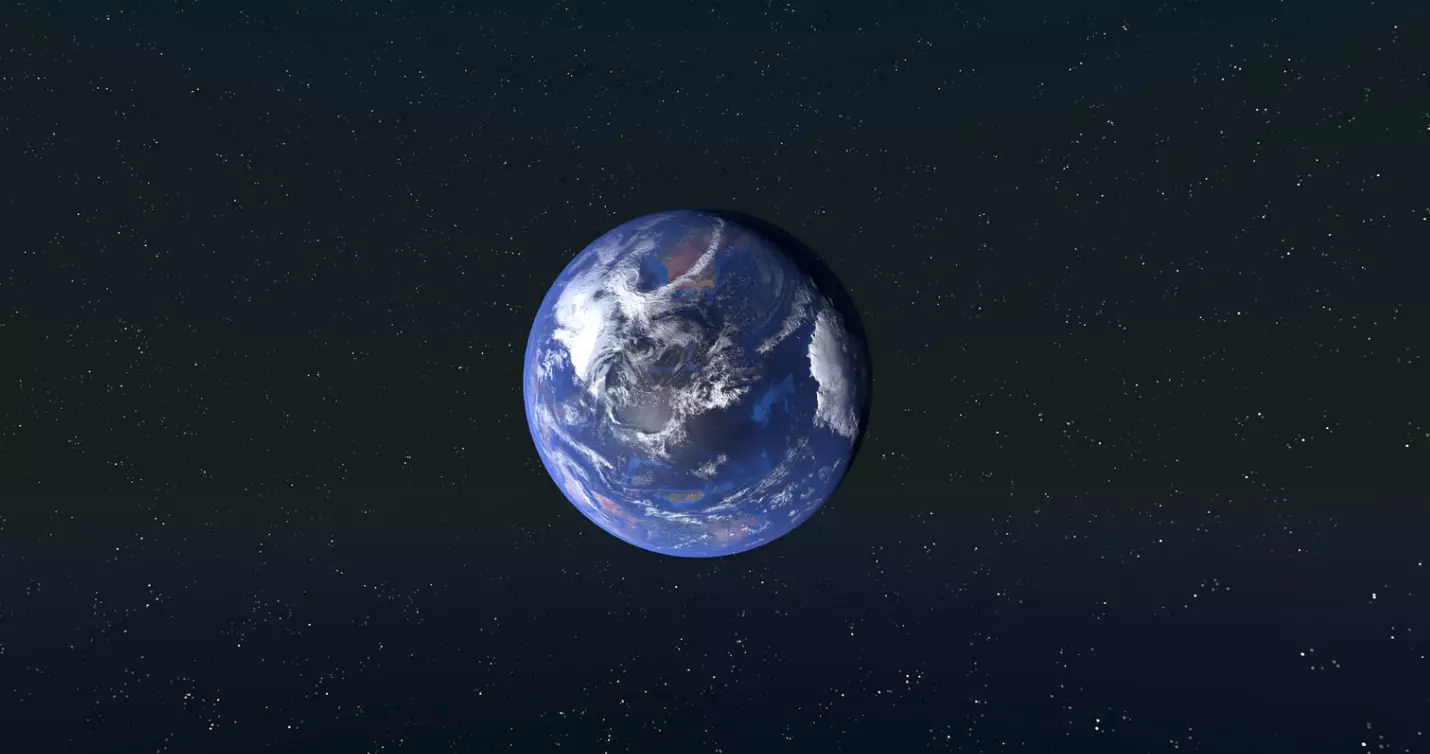
Boffins at NASA have been left gobsmacked at the proximity in which a three-mile-wide asteroid will pass by Earth later this evening.
3200 Phaethon - named after the Greek demi-god who, according to legend, nearly set the Earth on fire - will pass by our planet at around 10pm (GMT) tonight.

Credit: Kristian Fagerström/Creative Commons
Advert
According to scientists, the giant hunk of space rock will pass the Earth at about 6.4 million miles away, and while that may sound like a lot, in space terms, it's merely a stone's throw.
The close proximity of the asteroid will give NASA a chance to study it. The organisation plans to make a detailed 3D model of the rock, which it says has a particularly unusual shape.
"With a diameter of about 5 km, Phaethon is the third largest near-Earth asteroid classified as 'Potentially Hazardous'," NASA said in a statement.
The statement added that tonight's asteroid will be the 'closest asteroid since 1974 and until 2093'.
The agency added that the asteroid will be visible through small telescopes for experienced observers in areas with dark, clear skies.
Meanwhile, another asteroid is being checked for signs of life by a billionaire-backed initiative, dedicated to hunting for E.T.
The mysterious object, named 'Oumuamua', has piqued the interest of both scientists and UFO enthusiasts alike, who have noted the bizarre, elongated and cigar-like shape of the body.

Credit: European Southern Observatory
Advert
The project, backed by billionaire Yuri Milner, will use a radio telescope to listen for signals from it.
Mr Milner's Breakthrough Listen programme released a statement which read: "Researchers working on long-distance space transportation have previously suggested that a cigar or needle shape is the most likely architecture for an interstellar spacecraft, since this would minimise friction and damage from interstellar gas and dust."
Andrew Siemion, director of the Berkeley SETI Research Center, who is part of the initiative, told BBC News: "'Oumuamua's presence within our Solar System affords Breakthrough Listen an opportunity to reach unprecedented sensitivities to possible artificial transmitters and demonstrate our ability to track nearby, fast-moving objects."
He added: "Whether this object turns out to be artificial or natural, it's a great target for Listen."
Prof Andrew Coates, from UCL's Mullard Space Science Laboratory in Dorking, told BBC Surrey radio: "I believe there is an experiment being done to actually listen to this object to see if there are any potential signs of life on it.
"I think this is most unlikely because it's left over from the beginning of that planetary system elsewhere.
Advert
"Much better ways of looking for life are actually missions like our ExoMars project, which is going to be going to Mars in 2020, drilling underneath the surface to look for signs of life. We're building the camera system for that."
Featured Image Credit: PixabayTopics: World News, Nasa, space, Asteroid